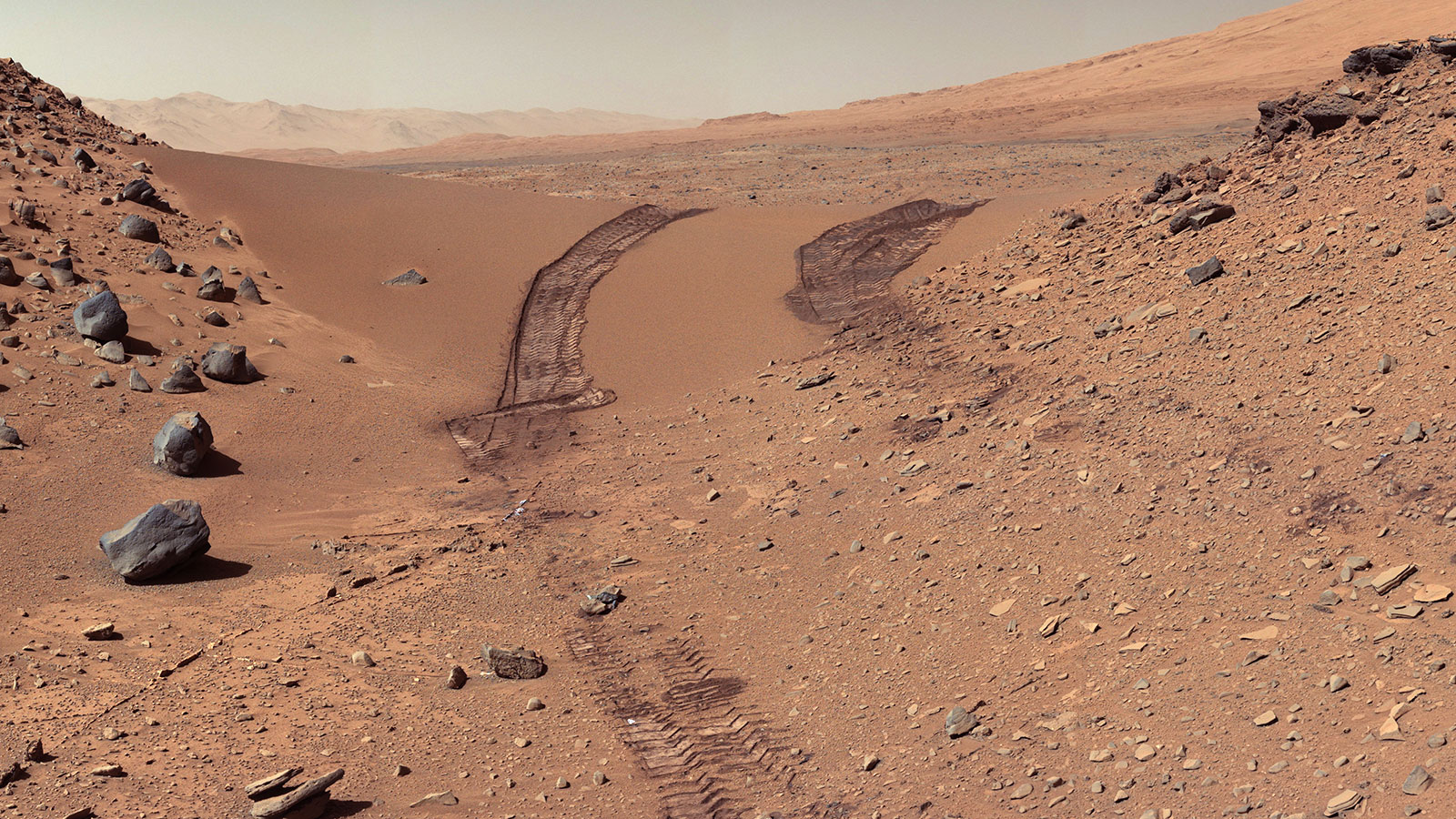I had some Dark Sun questions but also some hypothetical questions applied to our own Earth for science-minded folk:
1) Would the oceans of silt in Dark Sun blow up a lot of dust into the atmosphere? Maybe so much so that the sun would be blocked out?
2) Do the oceans of silt in Dark Sun have currents and tides?
3) Dark Sun is a fantasy world infused with magic so many people will say normal physics don’t apply. So then I got to thinking… what if our own Earth was drained of life and became a desert planet? Would the oceans eventually dry up? How long would that take?
4) Would they become oceans of silt or just vast empty basins?
5) Even if they did become big oceans of silt, would the silt eventually compact down and just become solid dirt?
Thank you
1) Would the oceans of silt in Dark Sun blow up a lot of dust into the atmosphere? Maybe so much so that the sun would be blocked out?
2) Do the oceans of silt in Dark Sun have currents and tides?
3) Dark Sun is a fantasy world infused with magic so many people will say normal physics don’t apply. So then I got to thinking… what if our own Earth was drained of life and became a desert planet? Would the oceans eventually dry up? How long would that take?
4) Would they become oceans of silt or just vast empty basins?
5) Even if they did become big oceans of silt, would the silt eventually compact down and just become solid dirt?
Thank you

